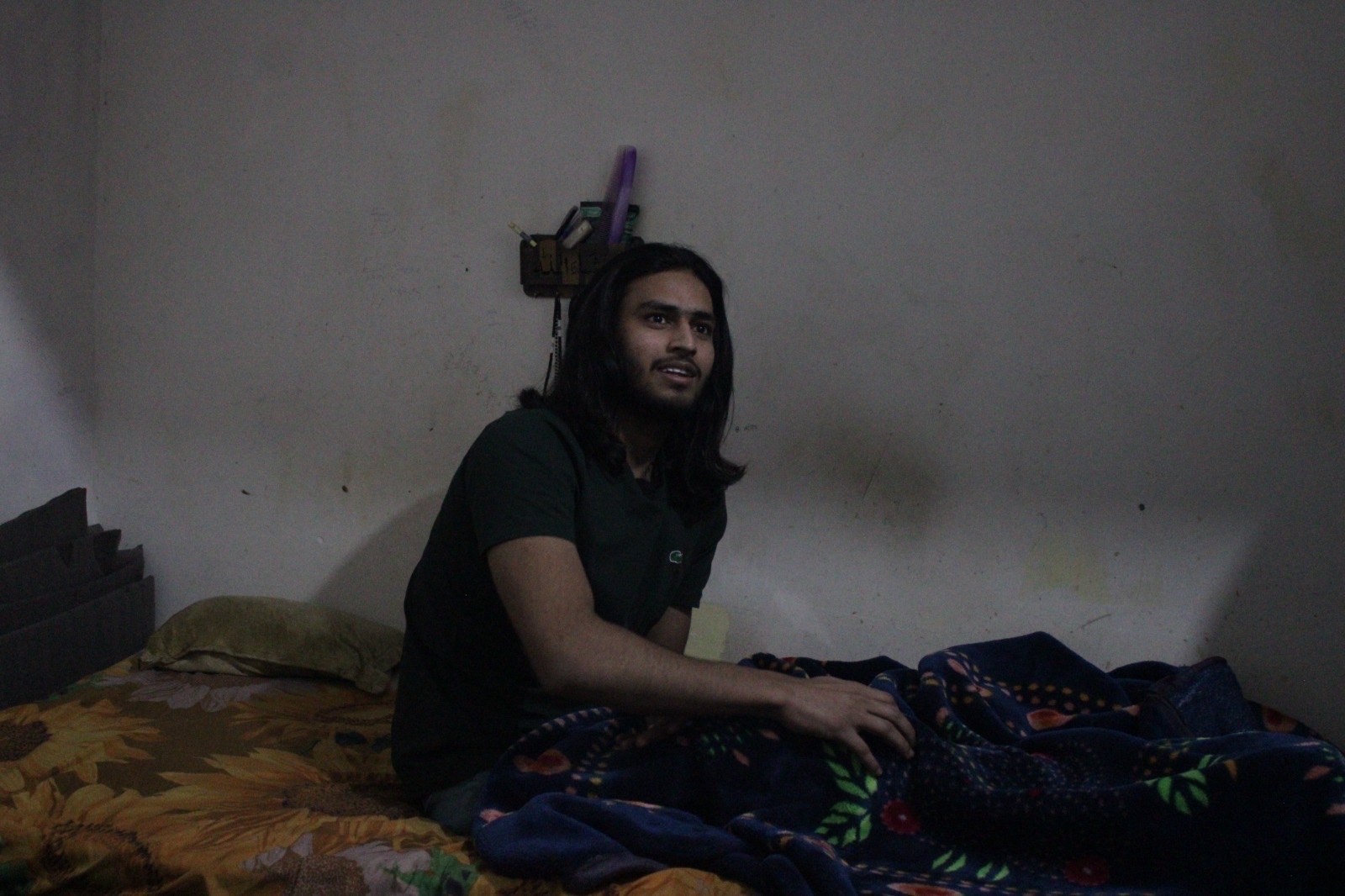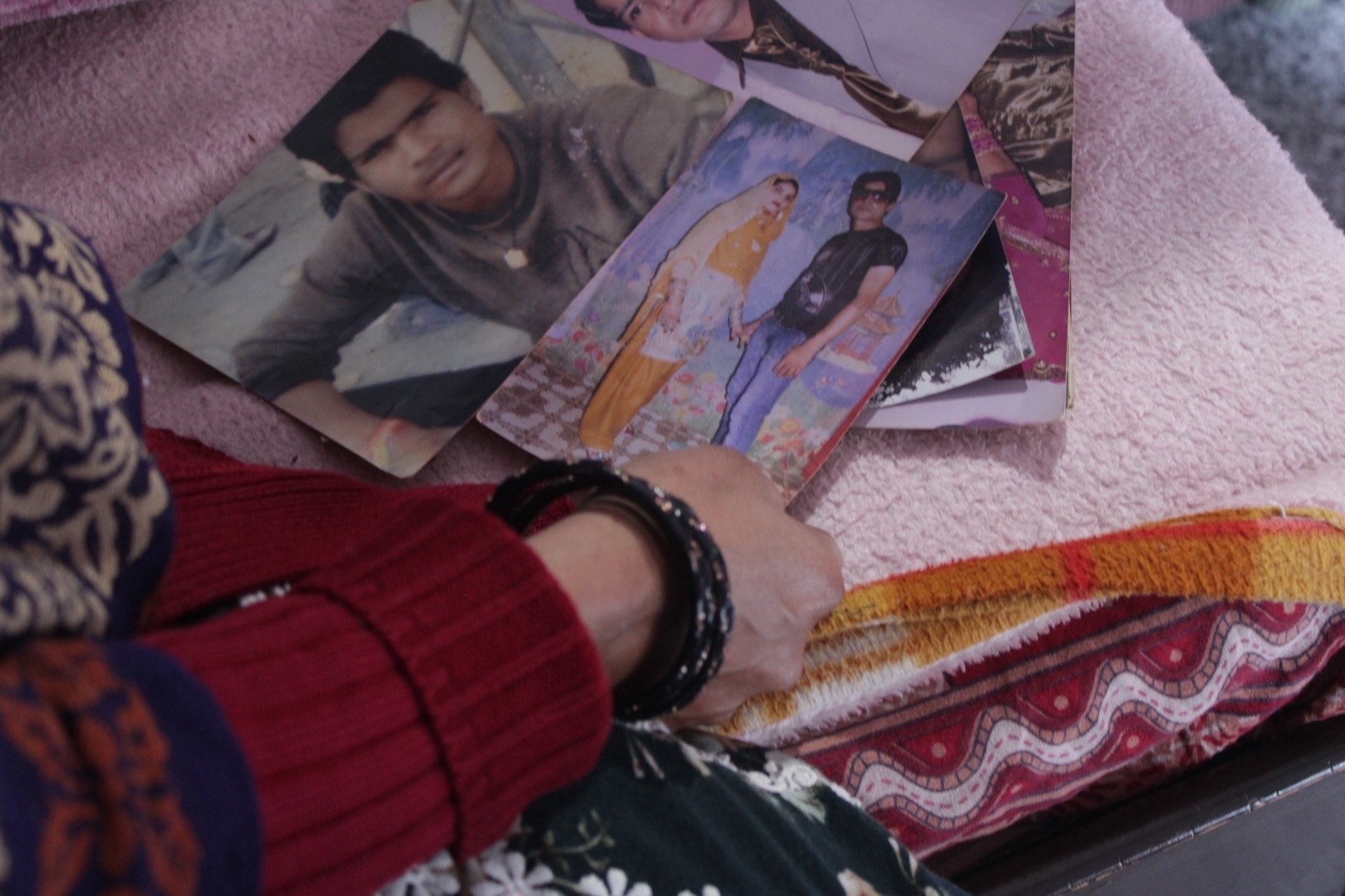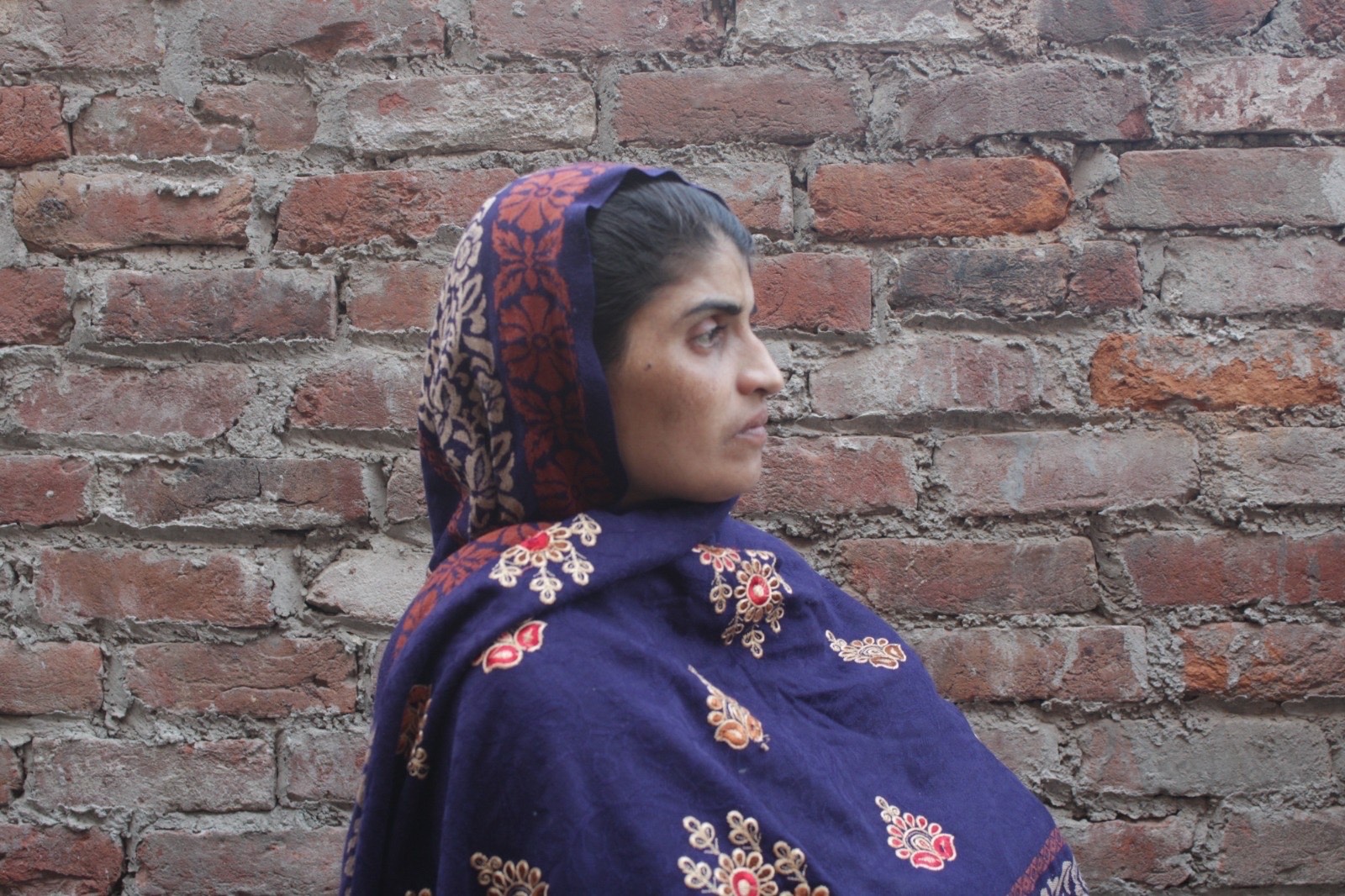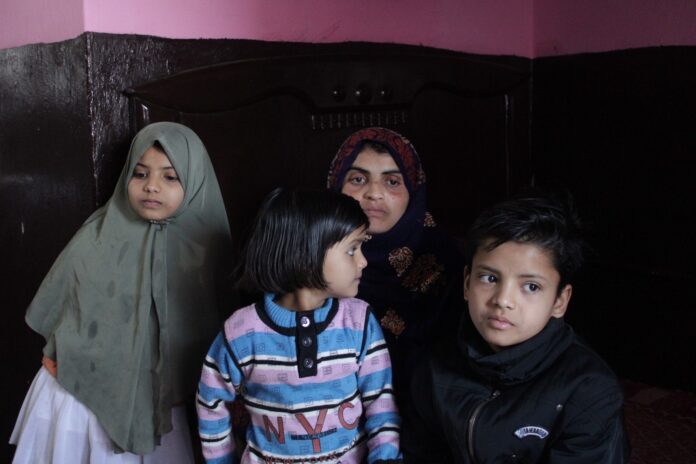Sameer was 15 when a mob attacked his neighborhood in Mustafabad. He now spends his days confined to a bed, paralysed by a bullet that severed his spine. Nazish, whose husband was killed, is left without a breadwinner, struggling to raise her kids.
After five years of the deadly violence, a question lingers in the air: has Northeast Delhi truly moved on or is it merely pretending to, while the pain remains buried beneath the surface?
A bullet pierced Sameer’s spine, leaving him paralysed from the waist down. He had been returning from namaz (prayer) on February 24 when chaos erupted around him. “I did not even realize when I was shot,” he said. Today, at 20, he is still trying to rebuild his life. Despite his disability, he is continuing his education and is currently in 12th grade.
A kid preparing for his ninth-grade exams was paralysed for life. His mother, who once dreamed of seeing her son settle down, now spends her days tending to him, her eyes heavy with exhaustion. “The doctors told us he would never walk again,” she said, her voice barely above a whisper. “We sold whatever little jewelry we had for his treatment. Some NGOs helped, but after a few months, everyone moved on. Only we remained stuck in time.”
Sameer speaks in a slow, measured tone, as if every word carries the weight of his lost years. “I do not blame anyone for moving on. I wish I could too,” he said, staring at the ceiling. “Before the riots, I had friends and dreams. Now, I have nothing but this wheelchair and the memories of the life I lost. But I am still continuing my studies. I will not let my life end like this.”

The family still lives in the same neighborhood, but the shadows of the past loom over them. The lanes he once walked freely now feel like a prison, and the silence of old friends, who hesitate to visit, is deafening.
The government had assured “free” medical treatment for survivors in both government and private hospitals. However, the care Sameer received suggests otherwise.
For Nazish, every February brings back the night her world fell apart. Her husband Jamaluddin, was beaten to death by a murderous mob. She was left alone to care for four young children.
“When I found out, the police barely helped. Neighbours were too scared to speak. He was just another name in the list of those who died,” she said, her hands trembling.
In the years that followed, Nazish fought for compensation, only receiving a fraction of what was promised. The loss of her husband pushed her into a financial abyss. She now lives with her brother, earning just enough to feed her children.
“I never wanted my children to see this kind of life,” she said, her voice breaking. “We used to dream of sending them to a good school. Now, I pray every day that they do not grow up with the same fear I live with.”

Despite the pain, she refuses to leave the area. “Where would I go? This place was our home. If I leave, I feel like I am leaving him behind.”
Parveen Begum still cannot erase the horrors of the riots from her memory, even after five years. “The violence turned our lives upside down,” she said. Her husband, Nizamuddin, was surrounded by a mob on February 27, 2020, along with his brother, Jamaluddin, when they were returning home from their native village. The mob asked for Jamaluddin’s Aadhaar card, and upon identifying him as Muslim, began mercilessly assaulting the two brothers.
Jamaluddin did not survive the attack, while Nizamuddin sustained severe injuries to his hands. However, the latter’s ability to work has been severely affected, and his earnings have declined. The family struggles to make ends meet, relying on whatever little he and his children, who work as laborers, manage to earn. Parveen contributes by doing embroidery and weaving work to supplement their income.
She dreams of moving away, starting fresh. But reality keeps her shackled. “People tell me to forget, but how do you forget the night you watched your world burn?”

Has Northeast Delhi Moved On?
On paper, much has changed. Damaged homes have been repaired, compensation cheques have been issued — though many, like Nazish and Parveen, still struggle to resume their lives. Politicians no longer talk about the riots, and the media has largely moved on.
But beneath the surface, the wounds remain raw. Many families, particularly those who lost loved ones, said justice feels like an illusion. Investigations dragged on for years, and while some perpetrators were arrested, many cases faded into silence. Some families relocated, but most stayed back — either because they had no choice or they refused to be driven away from their homes. Many still hesitate to step out after dark.
Sameer, Nazish and Parveen represent just a fraction of those whose lives were upended by the riots. For them, moving on is not a choice but an exhausting and painful process. The Trans Yamuna region of the national capital continues to live with its ghosts. Some scars fade. Others, like those on Sameer’s body, Nazish’s heart and Parveen’s soul, remain forever.


